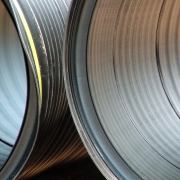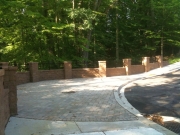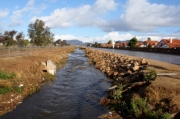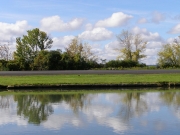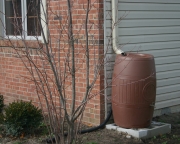Reduce Costs with Annual Stormwater Inspections
In most cases, property owners are required by regulation to maintain pond embankments and outfall works as related to structural integrity and dam safety. Proper maintenance also lessens the liability of pond and lake ownership by reducing the likelihood of failures that can impact downstream property. Owners or property managers may believe that proper maintenance is occurring only to later learn that they need expensive repairs. This situation illustrates that many contractors providing routine maintenance, such as landscapers, are not trained to properly identify issues that can be problematic or lead to increased cost of ownership.

